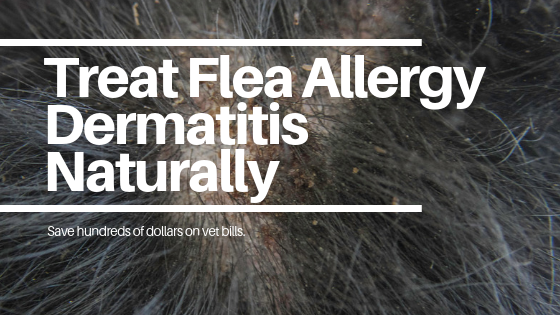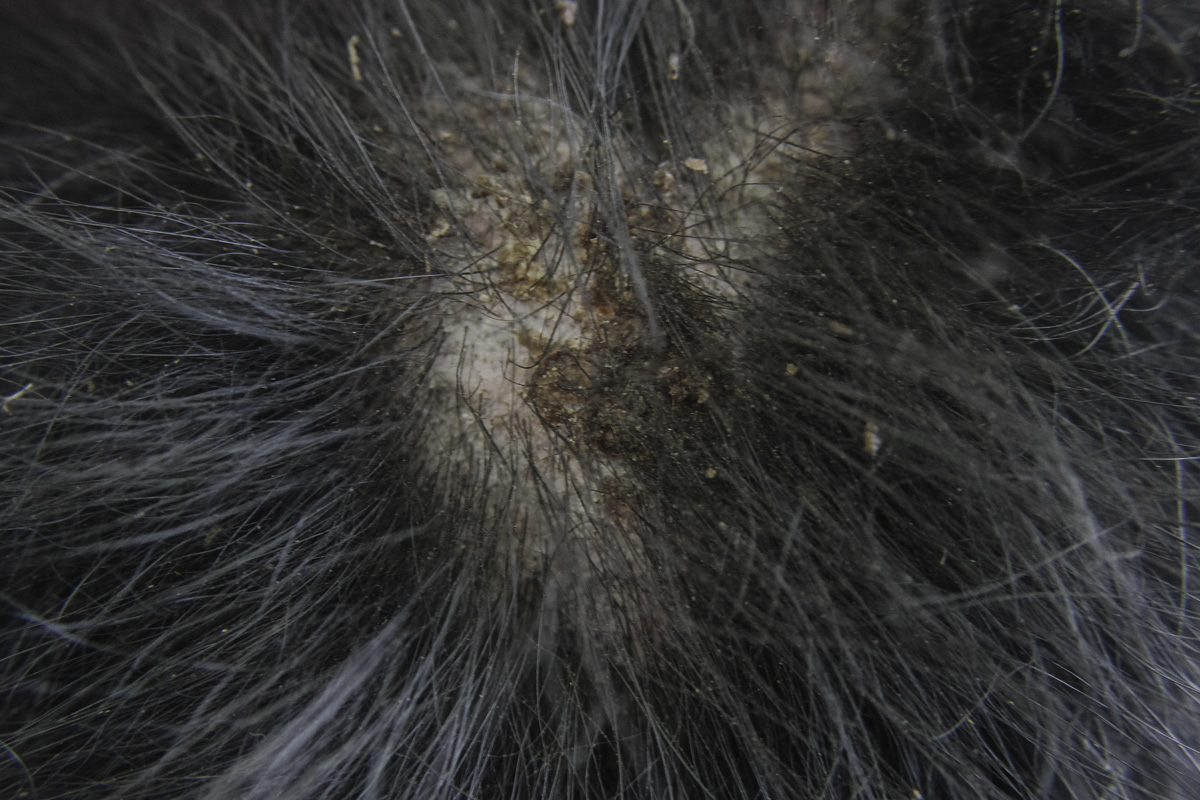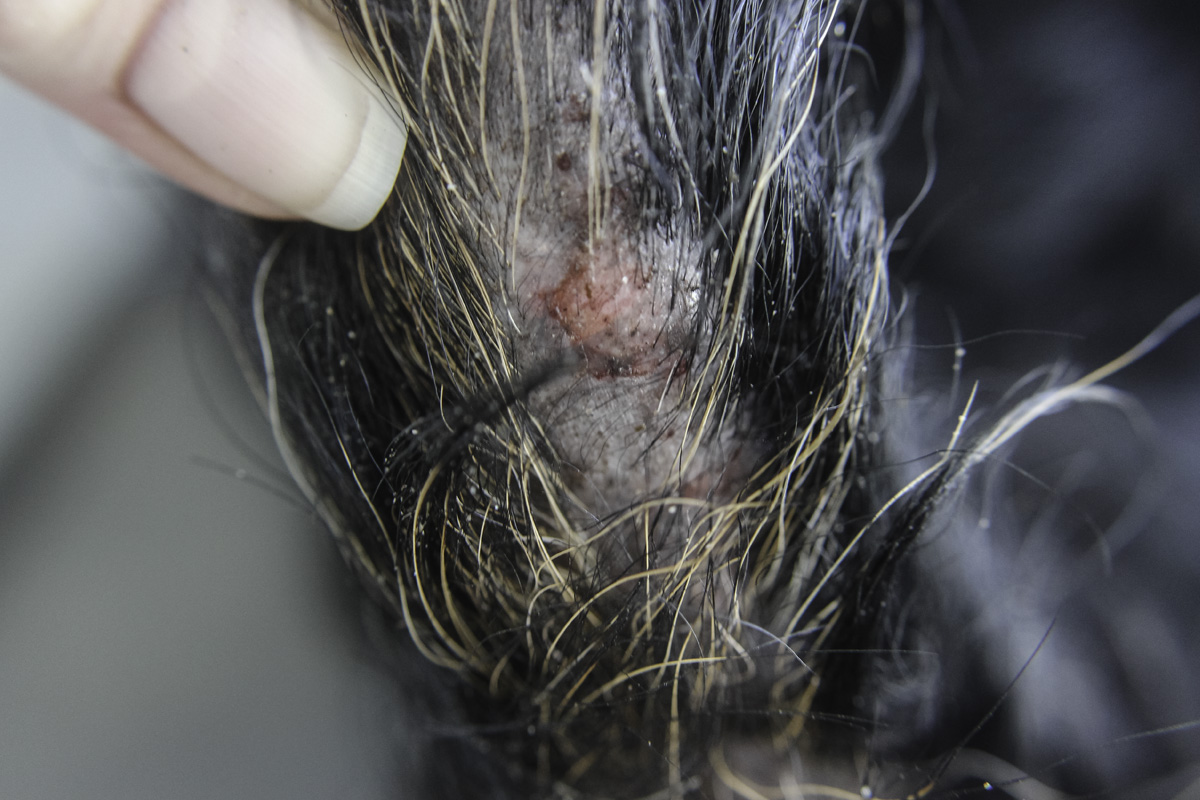The Top 13 Sources of Vitamin B for Dogs
Have you ever wondered where vitamin B for dogs eating a raw diet comes from? Let me put your mind at ease with these top 13 sources of vitamin B for dogs, listed below. So long as you’re feeding a proper raw diet full of…





